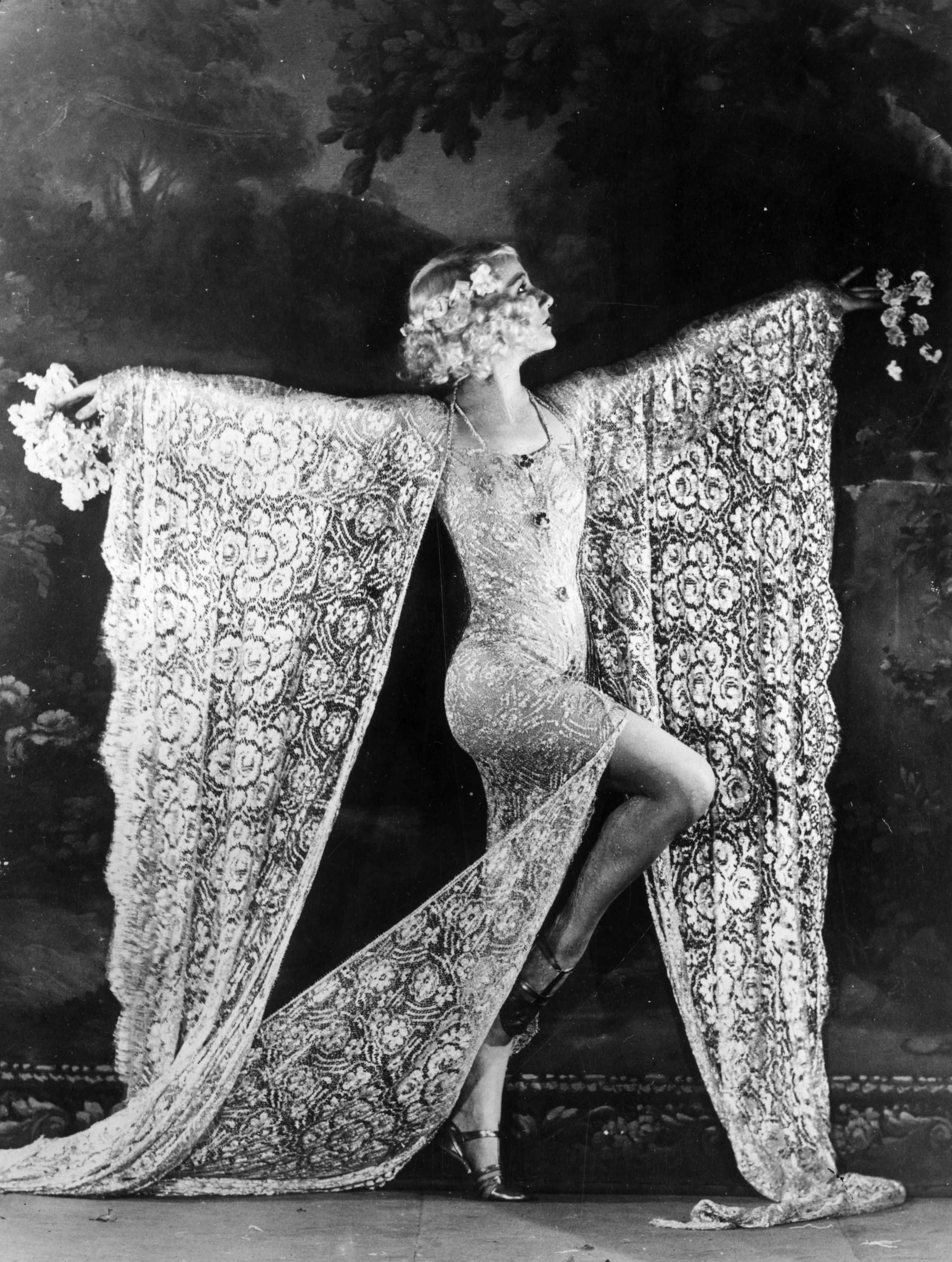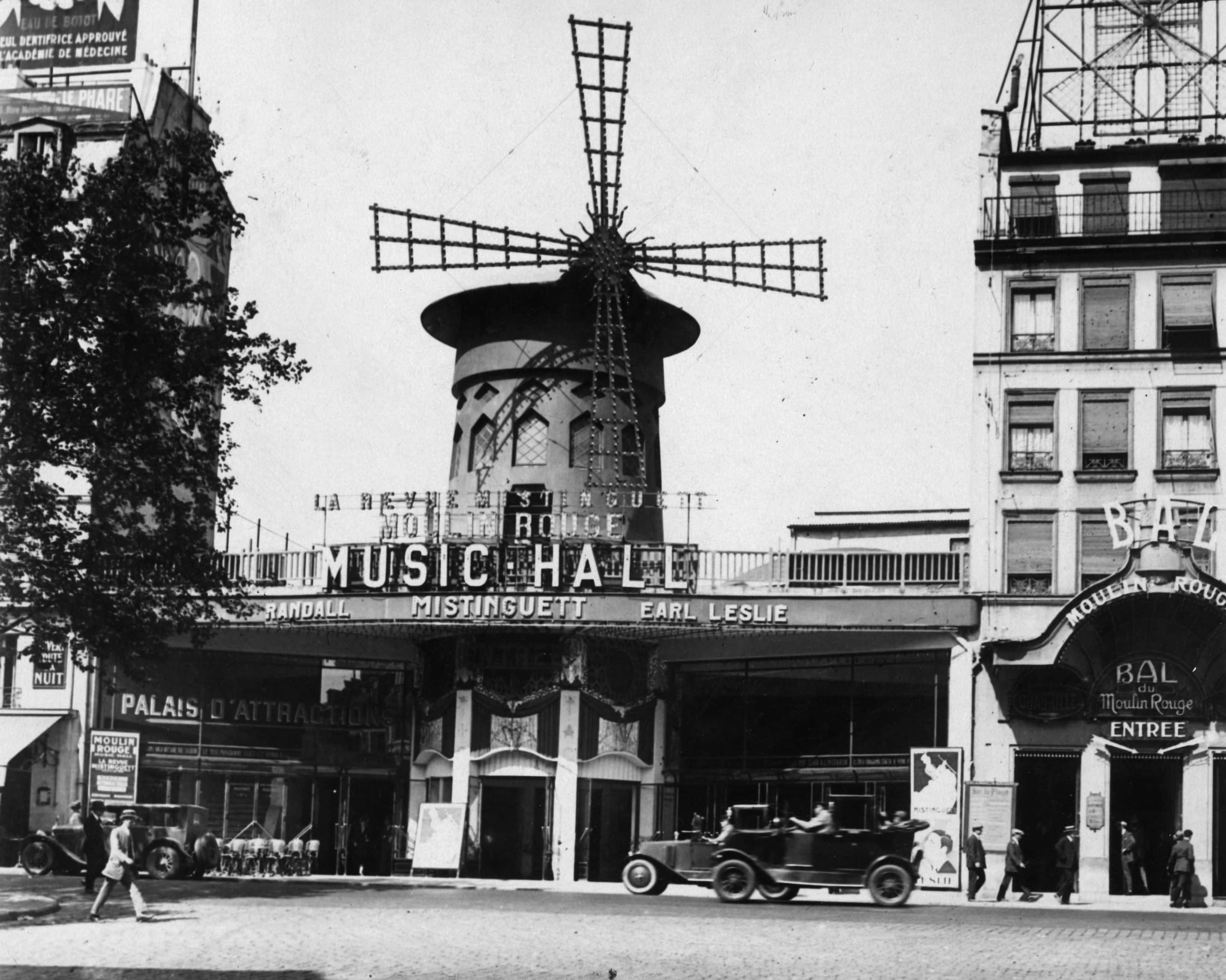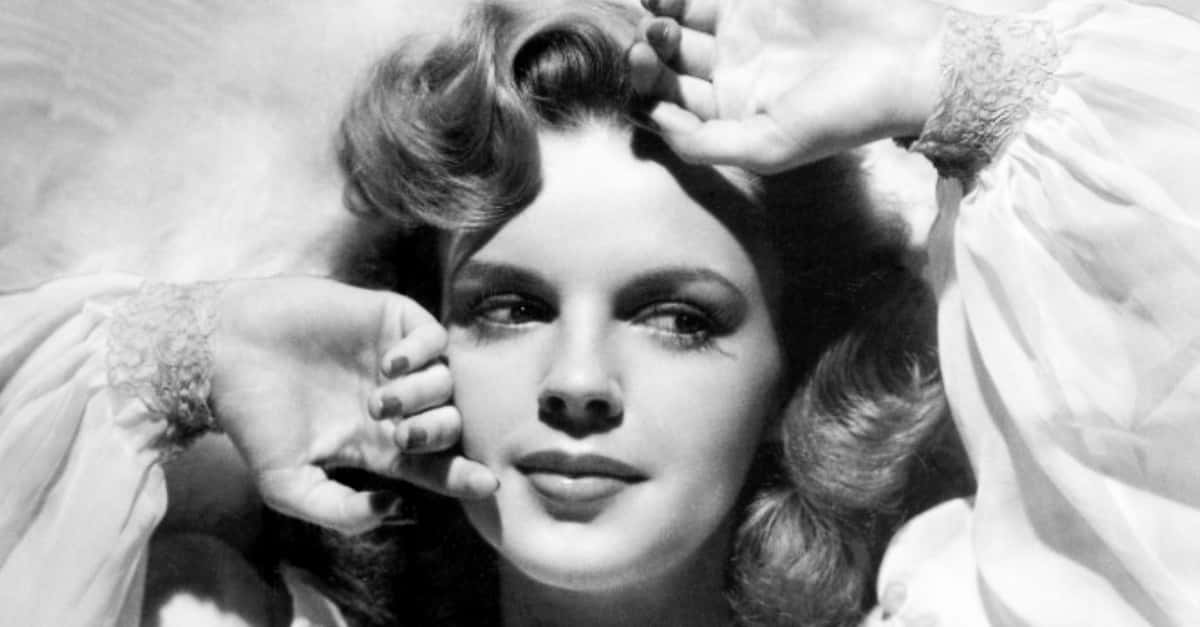Sarah Brown Editorial
In the waning light of February 9, 1893, Paris's seedy Moulin Rouge hosted a night of extraordinary decadence. This event stood out, even for an infamous haunt of France’s most talented degenerates. The cabaret was the inventor of the lascivious can-can dance. It was a midnight home to carousing artists like Henri de Toulouse-Lautrec, and a hedonistic paradise for fin-de-siècle troublemakers. But this soiree was nothing like Paris had ever seen before.
The libertine students of the Ecole des Beaux-Arts were putting on the Bal des Quat’z’Arts, or “The Ball of the Four Arts.” It promised to be a night of eye-popping revelry.
Artists’ muses strolled around as paintings come to life, their lush, ornate costumes glittering in the dim light. Excited patrons sipped absinthe and chatted up women. Then, a model named Sarah Brown went down in infamy with an act so scandalous, it actually killed a man.
This is her story.
What a Tease
That night, Brown made an unforgettable entrance. She was scantily dressed as Cleopatra in what amounted to nothing more than golden fishnet stockings and a couple of bejeweled gold bands and baubles. Four handsome men in loincloths carried her as she reclined in a plush palanquin. It was already a risqué show—but the best was yet to come.
Later, historians would call Brown’s legendary performance “France’s First Striptease.” However, despite the name, descriptions vary greatly about exactly what state she was in by the end of it. Some said she was completely naked in front of the crowd, while others noted the presence of a flimsy black velour g-string. Either way, it caused quite a stir. Even the hardened, gin-soaked citizens of Montmartre, arguably the most debauched district in 19th-century Paris, couldn't believe their eyes.
Divine Brown
Before that night, the 24-year-old Brown was already becoming a household name in the 18th arrondissement. Born Marie-Florentine Roger, no one knows for sure where she got the name “Sarah Brown.” Some say it was because of her Celtic resemblance: she had pale skin and Titian-red hair. Others argue that the “Sarah” came from “Sarah Bernhardt,” the famous French Shakespearean actress who also lived in Paris at the time.
Brown’s curvy, plump frame made her popular as an artist’s model, and she famously something of a spitfire. As one commenter put it, “Sarah Brown lived the life of a bacchante.” According to one source, when she met the poet Paul Verlaine, she fainted dramatically after glimpsing his “terrifying” face. At the height of her notoriety, other stories say that she frequently kicked over artists’ easels. She also delighted in running out of the room before they finished painting her.
These tantrums apparently didn’t deter the artists. Brown got to portray all manner of mythically beautiful women in paint, from Clemence Isaure to Lady Godiva. Yet it was Brown’s revolutionary striptease at the Moulin Rouge that cemented her legacy. It also had disastrous and fatal consequences.
I Predict a Riot
The morning after the Bal des Quat’z’Arts, Brown’s seductive performance was all anyone could talk about. The tale spread and quickly made its way to the authorities. They soon arrested Brown, three of her fellow models, and an organizer of the ball on charges of public indecency. The offenders were easily found guilty, but seemed to get off lightly: the court imposed a 100-franc fine on each of them and no jail time. Brown was free to go—except the nightmare was just beginning.
The verdict enraged the students of the Ecole des Beaux-Arts. They started protesting for civil liberties in the streets the very next day. At first, the protesting was peaceful and contained, but it soon turned ugly. Marchers on the Left Bank started throwing objects at police, and one man in particular lobbed an ashtray at an officer. When the policeman then hurled it back into the mob, it hit 23-year-old shop clerk Antoine-Felix Nuger with a fatal blow.
This tragedy opened the floodgates.
Soon, it seemed as if all of Paris was rioting in the streets, and the chaos continued unabated for four excruciating days. After the dust settled, the police commissioner resigned in disgrace. The Latin Quarter—where most of the activity had taken place—ended up in crumbling shambles. It was a long, brutal hangover for a single evening at the Moulin Rouge.

Sign up to our newsletter.
History’s most fascinating stories and darkest secrets, delivered to your inbox daily. Making distraction rewarding since 2017.
The Morning After
In the end, though, the libertines won. The bacchanal of the Bal des Quat’z’Arts carried on for decades longer, all the way to 1966, though not exclusively at the Moulin Rouge. The once-revolutionary party even became a part of the establishment; the Ecole des Beaux-Arts eventually integrated it as a formal section of its students’ training.
But what ever happened to Sarah Brown?
Sadly, her records become hazy right after her conviction in the indecency trial. There were reports that her hard-living habits had finally stripped her of her good looks, but one thing is certain: she never recaptured her fame. She fell off the map—until three years later, on February 12, 1896, when she turned up dead. She was only 27 years old.
A Sad Story
Brown likely died of consumption. The disease, known today as tuberculosis, was common among the population at the time. Yet perhaps even more tragically, Brown’s entire story was also shockingly common in the Belle Époque. History contains countless now-forgotten names like Louise “La Goulue” Weber, Jane Avril, and Kiki de Montparnasse. They were all beautiful entertainers who, like Brown, set Paris on fire for brief moments and then died cruel, obscure deaths in disgrace and poverty.
After their youth and beauty wore out, these women were quickly discarded; their once adoring audiences offering no support. After her obscenity trial, Brown was left to the wolves of poverty, substance addiction, and illness. She lived in such obscurity that we can now only guess what her few remaining years were like before her untimely death.
There is no apology that can be made for this now, nor any real comfort to seek out—but at least we still have her paintings and photographs as incontrovertible proof of her spirit, style, and magnetism. At least we remember that one night at the Moulin Rouge.













